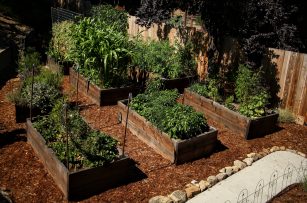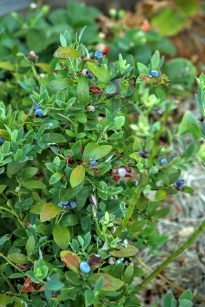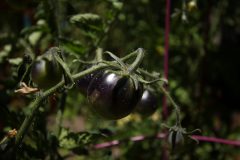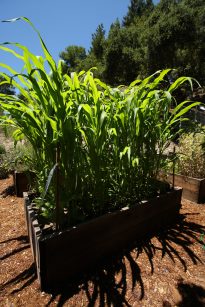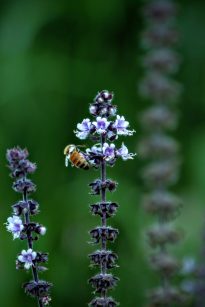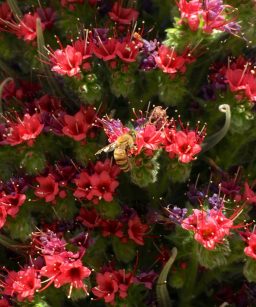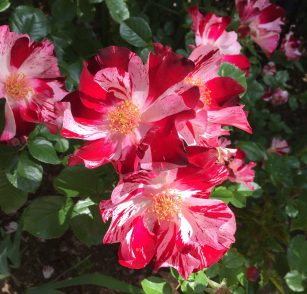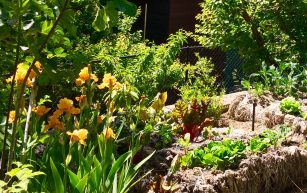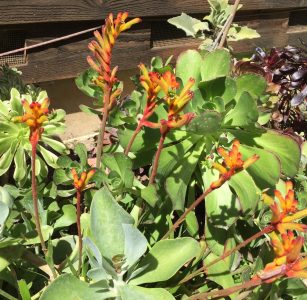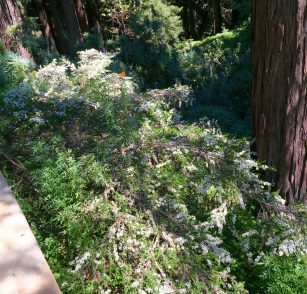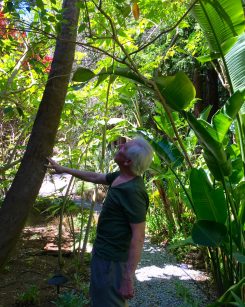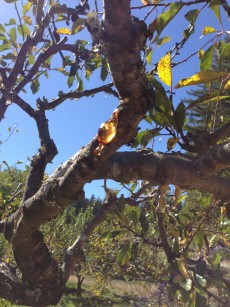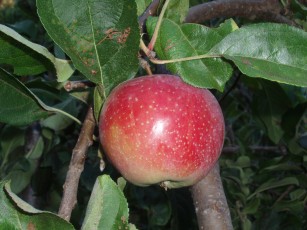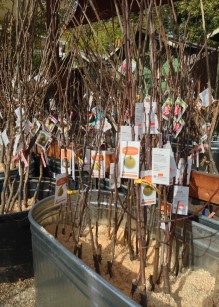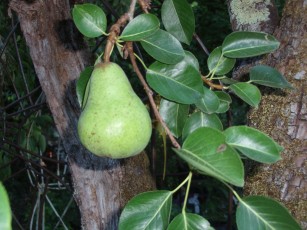It?s darker in the mornings now with the sunset coming earlier each evening. All that time I thought I?d have back in June to get things accomplished in the garden has vanished in what seems like a wink of an eye. Still the weather these days is perfect for being outside and pecking away at my to do list. There are also some late summer/early fall tasks that need attention.
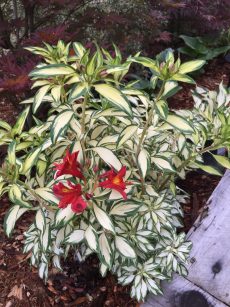
Now through October, divide summer blooming perennials like alstroemeria, agapanthus, coreopsis, iris, daylily, yarrow, rudbeckia, calla lily, aster and penstemon that are overgrown and not flowering well. You can also divide spring blooming perennials like candytuft, columbine, astilbe, bergenia and bleeding heart although they don’t always bloom the first spring afterwards due to the energy they use re-establishing themselves. Start perennial flowers seeds now so that they will be mature enough to bloom next year.
This is the perfect time for transplanting or adding new plants to your garden. Why? Cooler air is kinder to plant foliage and soil temperatures are still warm which creates an excellent environment for new root growth. In the fall many plants and trees, even broadleaf evergreens, are entering a period of dormancy. With no need to allocate resources into foliage, plants are transferring all their energy into roots and storing nutrients for the cool months ahead. By spring, the new roots system should be well established.
Perhaps it’s time to remove or reduce lawn. Replant with more drought tolerant ornamental grasses or perennials.
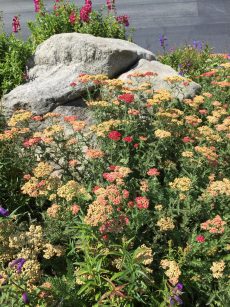
Fertilize shrubs lightly one last time with an all-purpose organic fertilizer or layer of compost. This advice doesn?t apply to California natives. They like compost only around the roots during the winter while they get ready for their growing season.
Roses especially appreciate a bit of fertilizer now, encouraging them to bloom another round in the fall. To keep them blooming make a habit of pinching and pruning off old flowers. Always cut back to an outward facing branchlet with five leaves. There are hormones there that will cause a new flower bud to grow much sooner than if you cut to one with only three leaves.
Plant cool season veggie starts like broccoli, cabbage, cauliflower, chard, lettuce, spinach, brussels sprouts, onions and leeks in soil enriched with 4-6″ of compost as summer vegetable crops will have used up much of your soil’s nutrients.You can sow seeds of beets, carrots, radishes, spinach, arugula, mustard and peas directly in the ground.
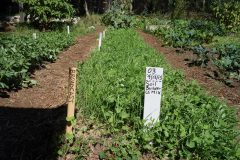
If you aren’t going to grow vegetables in the garden this fall consider planting a cover crop like crimson clover, fava or bell beans after you’ve harvested your summer vegetables.
Cut back berries vines that have produced fruit. Canes of the current season should be trained in their place.
Spider mites are especially prolific during hot, dry weather. Sometimes you don’t even know how bad the infestation is until all your leaves are pale with stippling. Periodically rinse dust and dirt off leaves with water. Spray the undersides of infected leaves with organics like insecticidal soap switching to neem oil if they build up a resistance to one of the pesticides.
And whatever you do, enjoy being outside in this beautiful place we call home.

